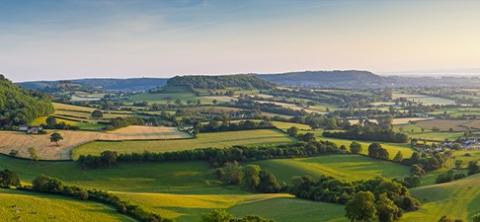A shortlist of six tools most relevant to British farmers were tested using data from 20 model farms (designed by ADAS) that represented the nine main British farm business types. Results from the tools were then compared to quantify the extent of divergence and identify the factors causing that divergence. The results were anonymised to ensure that the identities of the tools were hidden and that specific references were not made to particular tools. A detailed analysis investigated the methodologies of the calculators and compared these against current best practice in farm-level carbon accounting.
A report was produced setting out the results and has been made publicly available. The report defines a set of recommendations for the tool providers, industry and the UK Government for harmonising carbon accounting tools for agriculture. The aim of these recommendations is to enable farmers to have confidence that if they use a tool that aligns with these recommendations they are being provided with robust emissions data for their farm.
For more information:
Read the ADAS news article.
Read the full report on the Defra website.
Following the publication of the report, three of the calculators have committed to harmonising their methodologies. Read more here.





